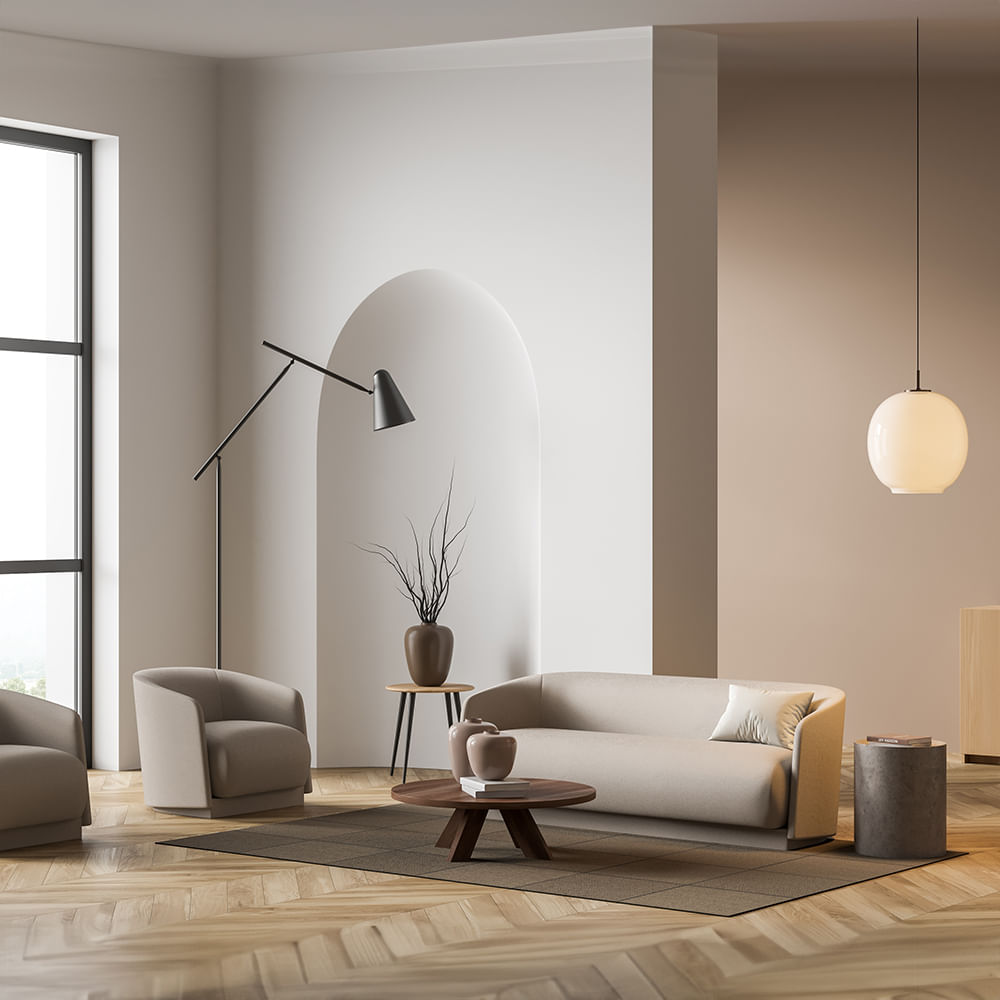As any interior designer will tell you—colour has the ability to completely transform the look and feel of a room. When chosen carefully, the right shades can make a world of difference to a space, making it look larger, brighter, and cosier. Considering your living room is what the guests see first and where the family gets together, the colour palette here sets the tone for the rest of your home.
Getting the decor right for your living room is key to setting a good first impression and the foundation for this decor starts with the colour of the walls. But remember, it is the combination of furniture, upholstery, and soft furnishings that can really bring a room together. So, whether you like neutrals, pastels, or bold colours, here are the 9 best colours you can paint your living room walls with. Along with that, you will find complementary colours that go well with the accent colour so you can go for a two-colour combination or bring in soft furnishings in those colours to complete the overall look.
Pro-Tip: 5 ways to redo your living room wall with elegance.

